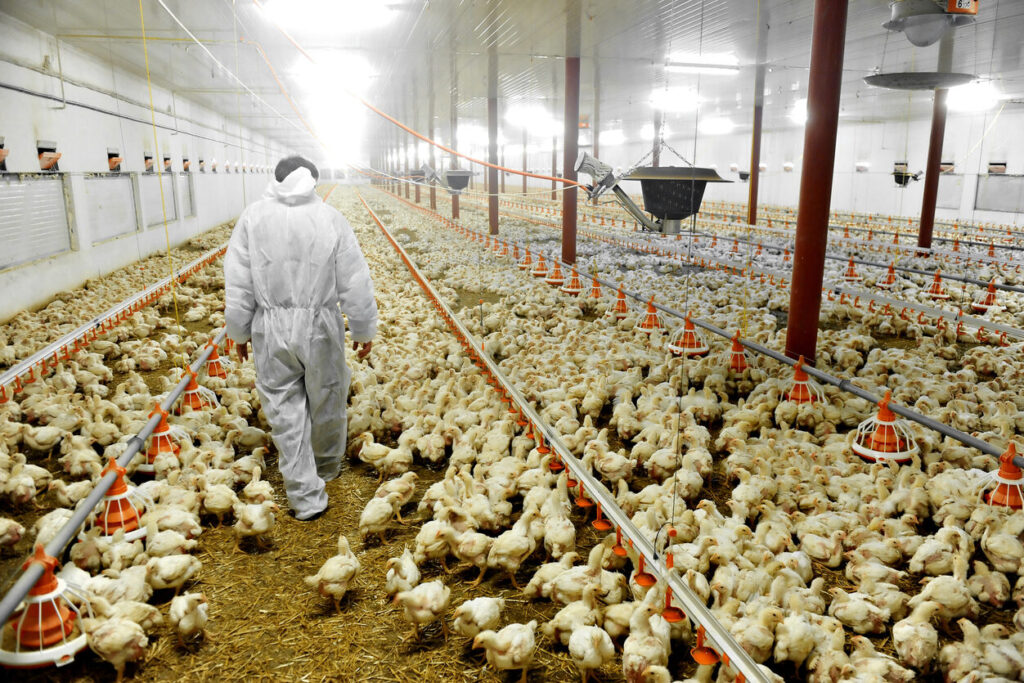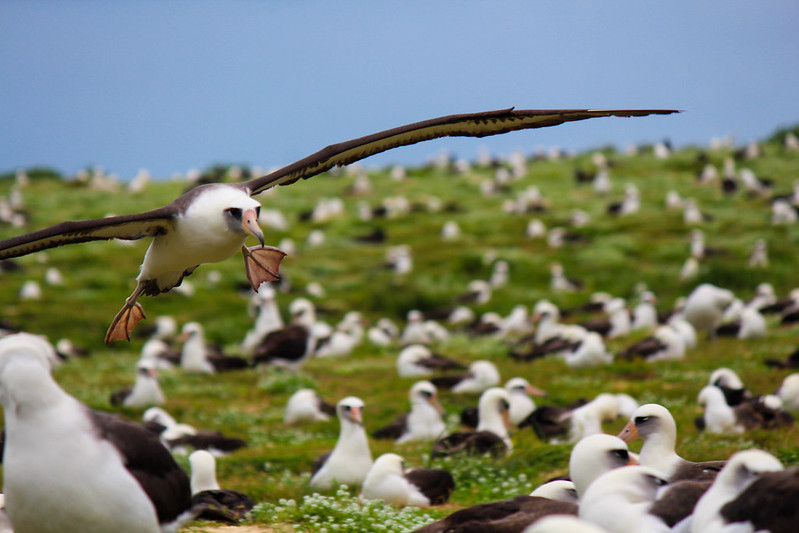1. How Bird Flu Spreads

One of the main reasons bird flu is so difficult to control is its ability to spread rapidly through both direct and indirect contact. Infected birds shed the virus in their saliva, nasal secretions, and droppings, contaminating water sources, food supplies, and surfaces they come into contact with. Other birds and animals that interact with these contaminated environments can easily pick up the virus, further perpetuating the cycle of transmission.
In poultry farms, the virus can spread like wildfire due to the close quarters in which birds are housed. Even in backyard settings, shared feeding areas and water bowls can serve as transmission points. While the virus is primarily avian in nature, occasional spillover into mammals—such as foxes, seals, and even domestic pets—has raised concerns among veterinarians and researchers. Understanding these transmission pathways is key to preventing unnecessary panic and focusing on the real risks at hand.
2. Understanding Bird Flu and Its Origins

Bird flu, also known as avian influenza, is a virus that primarily affects birds but can sometimes spill over into other species, including mammals and even humans. The virus is carried by wild birds, especially waterfowl, which spread it through their droppings and bodily fluids. Because birds migrate across vast distances, they can introduce the virus to new regions, increasing the risk of outbreaks in domestic poultry and, in rare cases, other animals.
While bird flu is not a new phenomenon, it has become more concerning due to mutations that have made it more resilient and capable of infecting different species. Scientists monitor these changes closely, as a major shift in the virus could have significant consequences for both wildlife and public health. Despite the alarming headlines, widespread human infections remain rare, and with proper precautions, risks to pets and people can be minimized.
3. What Science Says About Pet Infections

When reports emerge about animals contracting bird flu, pet owners naturally worry about their furry companions. While cases in domestic pets are uncommon, they have occurred, particularly in cats and dogs that have been exposed to infected birds. Outdoor cats that hunt wild birds are most at risk, as direct contact with sick or dead birds can lead to infection. Dogs, on the other hand, are less likely to contract the virus, but scavenging infected carcasses or drinking from contaminated water sources could pose a danger.
The good news is that the likelihood of household pets catching bird flu remains very low for most families. Scientists continue to study how the virus affects different species, but so far, widespread outbreaks among domestic pets have not been observed. Veterinarians advise pet owners to take reasonable precautions, such as limiting outdoor access during known bird flu outbreaks and avoiding raw poultry in pet diets, to reduce any potential risks.
4. Symptoms to Watch For in Pets

While bird flu symptoms in pets are rare, they can be severe when an infection does occur. Cats and dogs that contract the virus may experience respiratory issues, including coughing, sneezing, and difficulty breathing. Fever, lethargy, and a sudden loss of appetite could also indicate infection, particularly if the pet has had recent contact with wild birds. In some cases, neurological symptoms like uncoordinated movements or seizures have been reported in infected animals.
Because bird flu symptoms can resemble other common illnesses, it’s important for pet owners to remain observant but not jump to conclusions. If a pet shows any unusual symptoms after potential exposure, a visit to the veterinarian is the best course of action. Early detection and supportive care can improve outcomes, though prevention remains the best strategy to keep pets safe from any potential threats.
5. How to Protect Your Pets

The best way to keep pets safe from bird flu is to limit their exposure to wild birds and potentially contaminated environments. Cats that are allowed to roam outdoors should be kept inside, especially during times of known bird flu outbreaks in local wildlife. Dogs should be supervised on walks to prevent them from sniffing or scavenging dead birds, and access to bodies of water where infected birds may congregate should be restricted.
For pet birds, cleanliness is crucial. Ensuring their cages, food, and water sources are kept in a controlled indoor environment reduces the likelihood of exposure. Bird feeders in the yard should be regularly cleaned to prevent contamination, and if bird flu is reported in the area, it may be wise to remove them temporarily. While the risk of pet infection remains low, these simple precautions can go a long way in keeping animals healthy.
6. Risks to Humans and What to Know

Though bird flu is primarily an avian disease, there have been rare instances of humans contracting the virus. These cases usually involve people with close, prolonged contact with infected birds, such as poultry farmers and veterinarians. Unlike seasonal flu, bird flu does not easily spread between people, which is why it has not yet triggered a major human pandemic. However, scientists continue to monitor mutations in the virus to ensure it does not develop the ability to spread more easily among humans.
For the general public, the risk remains minimal, but basic hygiene practices can help further reduce it. Washing hands after handling pets, avoiding direct contact with sick or dead birds, and ensuring that poultry products are cooked properly can all provide an added layer of protection. While media reports about potential outbreaks can sound alarming, it is important to distinguish between theoretical risks and actual cases of human transmission.
7. The Role of Wildlife in Spreading the Virus

Wild birds play a significant role in the spread of avian flu, particularly migratory species that travel long distances and interact with multiple ecosystems. Ducks, geese, and shorebirds are some of the most common carriers, often showing no symptoms themselves while shedding the virus into the environment. These birds frequent lakes, wetlands, and urban parks, making it difficult to contain the spread once an outbreak occurs.
Because wild birds cannot be controlled in the same way as farmed poultry, efforts to mitigate bird flu focus on monitoring populations and identifying outbreaks early. Scientists and conservationists track migratory patterns and test birds for signs of infection to predict where new outbreaks might emerge. While avoiding contact with wild birds is a good general rule, completely eradicating the virus from nature is an impossible task, reinforcing the need for continued research and preparedness.
8. Should You Worry About Your Food?

One of the biggest concerns during a bird flu outbreak is whether it affects the food supply. While poultry farmers may need to cull infected flocks to prevent the virus from spreading, strict regulations ensure that contaminated meat and eggs do not enter the market. Infected birds are removed from the food chain long before they reach consumers, making it highly unlikely for anyone to contract bird flu from eating properly cooked poultry.
However, people who handle raw poultry, such as butchers or home cooks, should always follow standard food safety practices. Washing hands, cleaning surfaces thoroughly, and cooking poultry to the appropriate temperature can prevent any potential risks. While bird flu can impact the availability and price of poultry products due to supply chain disruptions, the safety of the food itself is not typically a concern.


